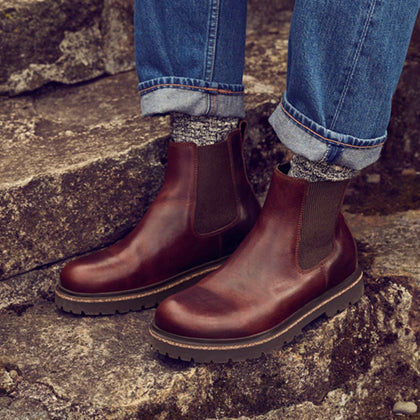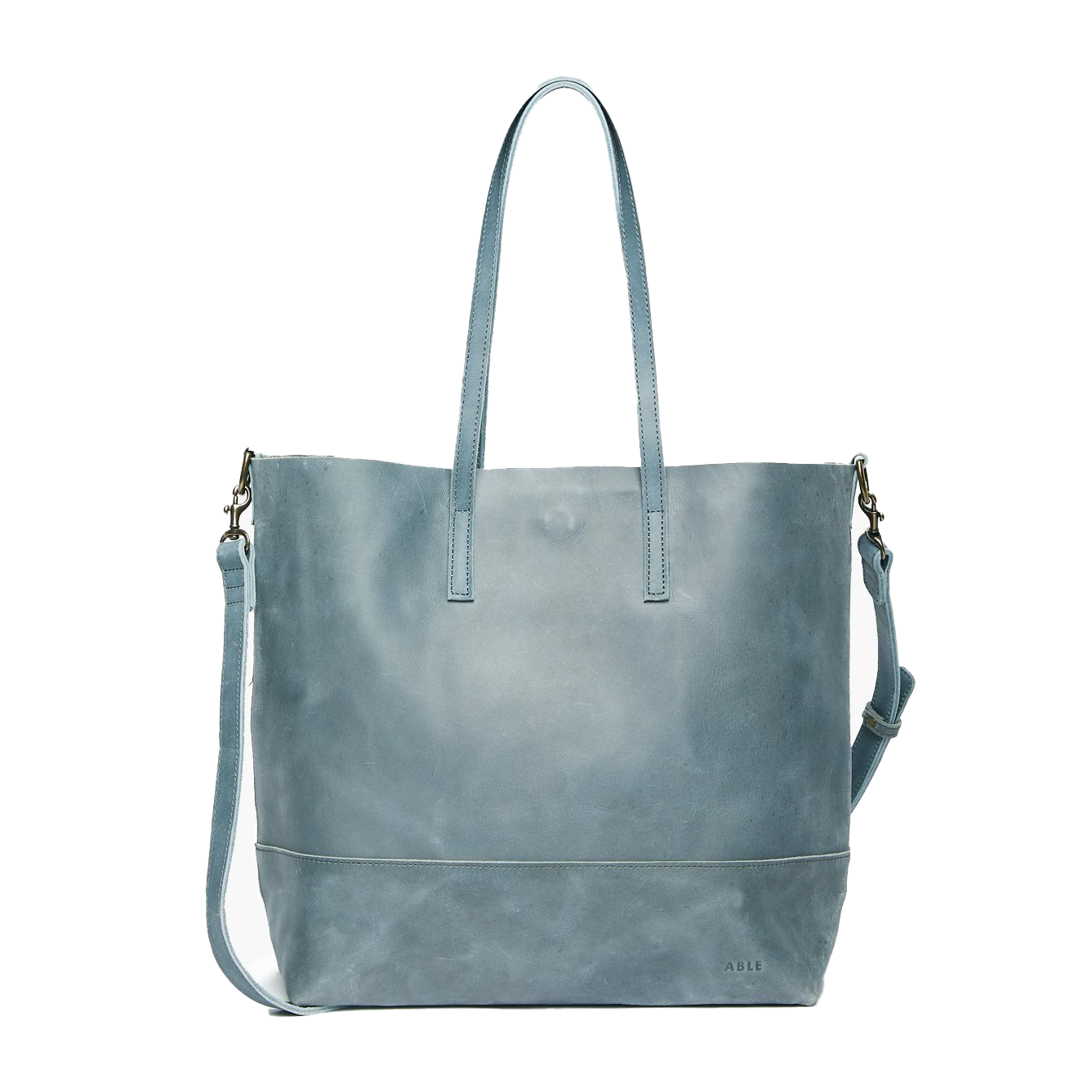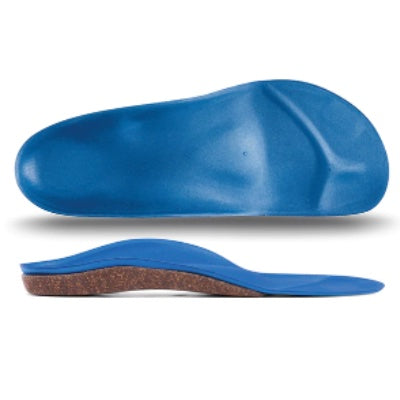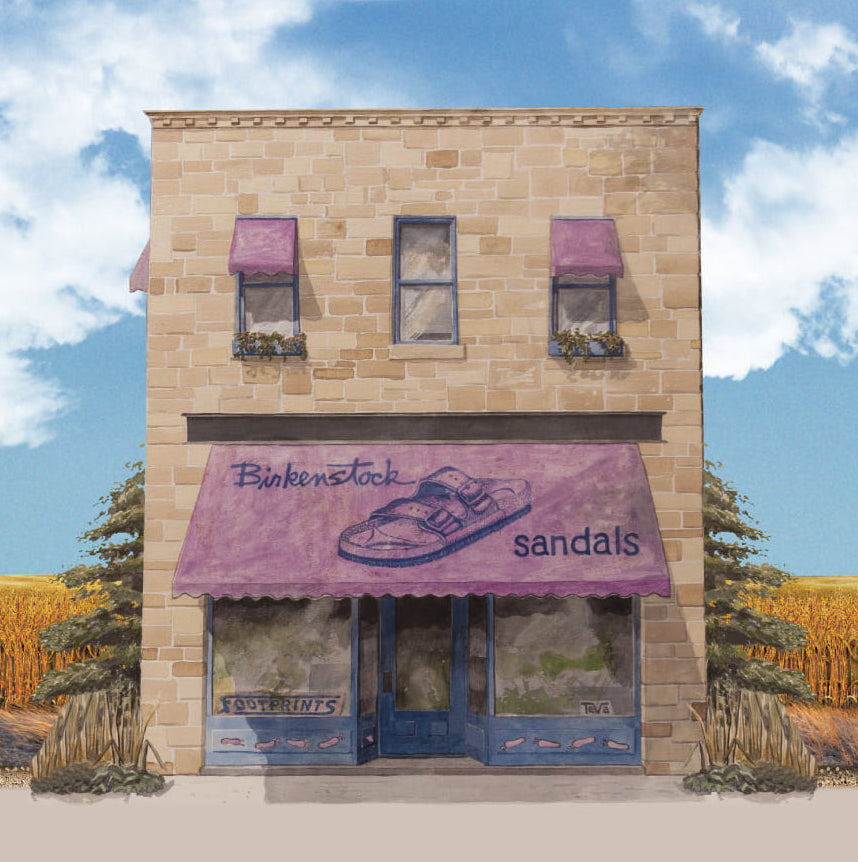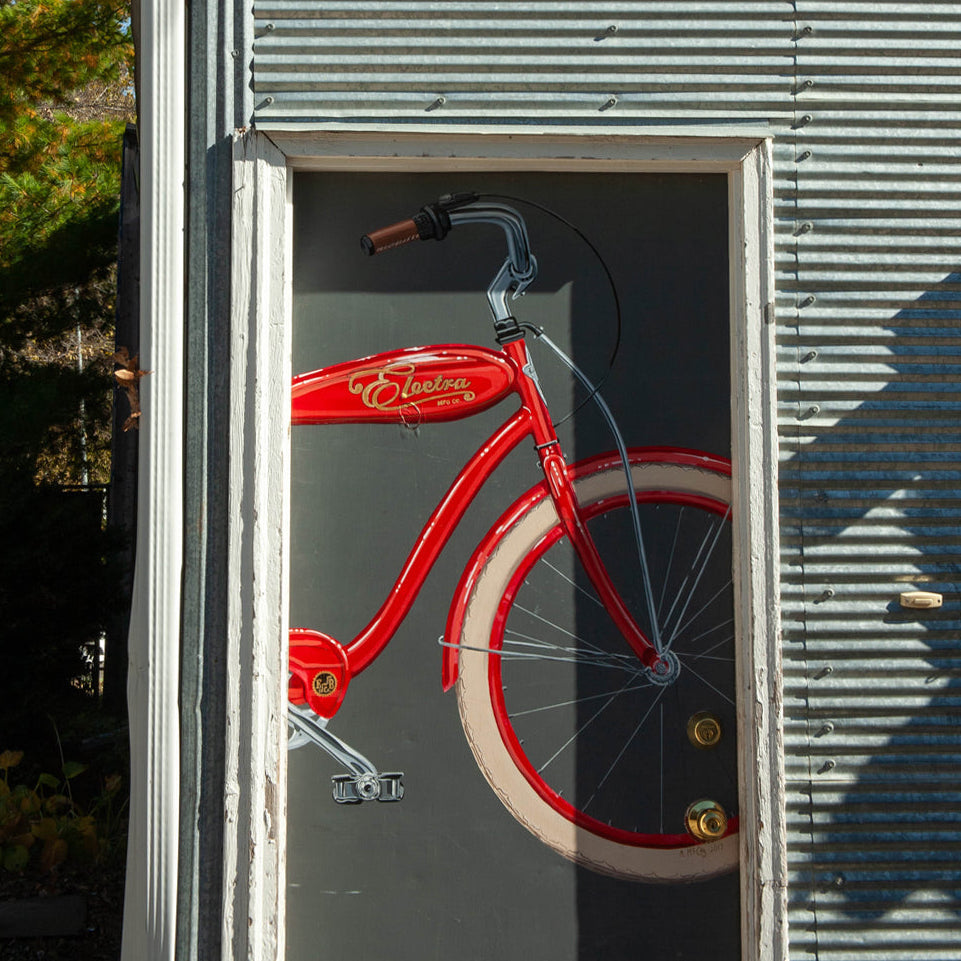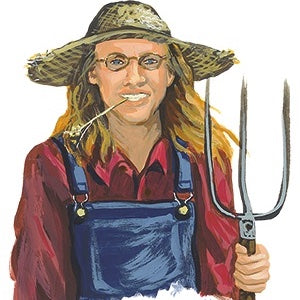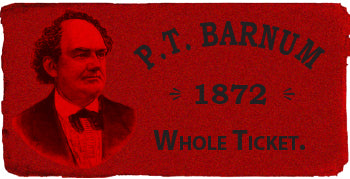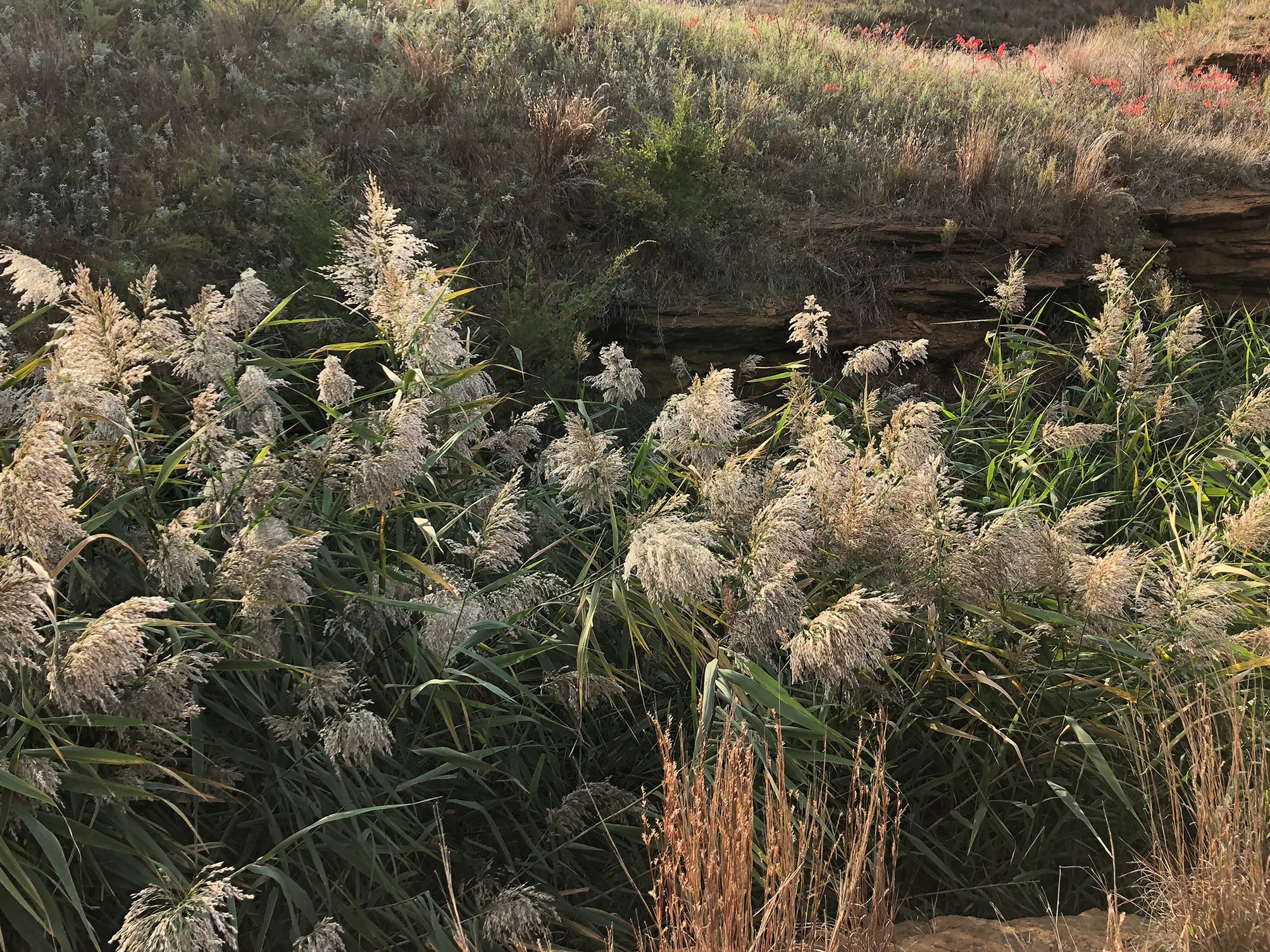
On a recent visit to Charleston, SC, I visited my second plantation, Boone Hall. My first plantation visit was Mount Vernon. Both historic sites have tours emphasizing the role that slaves played in the economy of the plantation and what lives were like.


As Americans continue to ever-so-slowly deal with race, the purpose of these tours have thankfully changed to a more inclusive history. Imagine the challenge of being a tour guide. Tourists arrive with their own deeply-rooted perspectives on race based on their own individual ancestral privilege or lack there of. With historical illiteracy widespread, how does a docent calmly and patiently deal with questions like: Were the masters of the plantation kind to their slaves? Were the slaves loyal? Since slavery wasn't merely difficult labor, but a system of violence, family separation and terror enforced by a group of people who thought their property, their slaves, were something less than human, it makes those questions seem rather disconnected from historical reality. The docent's job is a wonderful opportunity, but quite the challenge.


As typical of slave quarters, small brick "dependencies" quarters are neatly arranged along a long drive lined with southern live oak trees with their long moss-draped branches gracefully bending to the ground. These are the better quarters for those with more skills and/or who might work in the "big house."
Field hands would have had much worse housing closer to the crops they tended. But despite the horrors of the past, there is also a certain beauty to this place. It is a setting well suited to consider our shared past.








